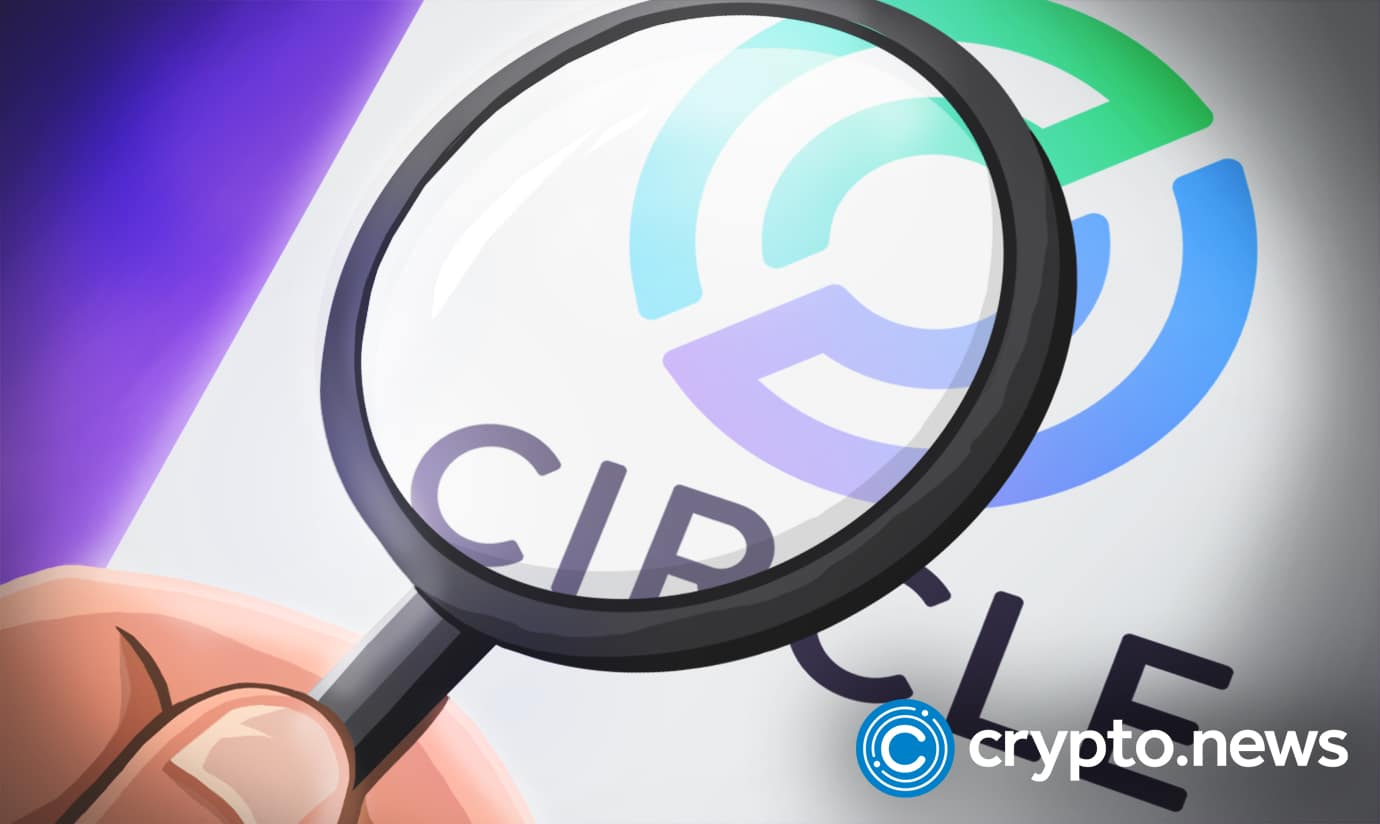This post is a guest contribution by George Siosi Samuels, managing director at Faiā. See how Faiā is committed to staying at the forefront of technological advancements here.
Most of the spotlight in 2025 is focused on artificial intelligence (AI)—and rightly so. From autonomous agents to personalized copilots, AI reshapes workflows, industries, and entire economies. But beneath the surface, a quieter shift is taking place. And it’s one enterprise leaders and consultants should be paying close attention to.
Blockchain is re-emerging—not as the star, but as the structural integrity behind the AI era.
At first glance, it might look like blockchain has lost its cultural momentum to AI. The speculative noise is down. The tokens aren’t pumping. But what’s replacing that volatility is far more interesting: stability, transparency, and composability—three pillars enterprise transformation desperately needs.
Here’s why.
1. Stablecoins are the quiet infrastructure of global resilience – This year has been dubbed the “Year of Stablecoins”—and for good reason. While the West debates crypto regulation, stablecoins are becoming the unofficial currencies of the Global South. In markets like Argentina, Nigeria, and the Philippines, dollar-backed stablecoins are replacing volatile local currencies and giving rise to localized micro-economies.
But we’re also seeing a new breed emerge: mission-aligned, community-backed stablecoins that reflect regional values and practical needs. For enterprise consultants, this marks a strategic signal: the financial infrastructure of the future won’t be purely national or global—it will be networked, programmable, and increasingly local.
In an AI-driven world where bots can transact autonomously, stablecoins provide a predictable, auditable unit of value that can be embedded into automated systems. Think of them as the cash layer for AI agents.
2. Blockchain is becoming the audit layer for autonomous AI – As enterprise tools adopt more AI capabilities, a new challenge is surfacing: how do we audit decisions made by machines? AI brings speed and scale. But without traceability, it introduces new risks—bias, data leakage, and shadow logic. This is where blockchain becomes essential, not for speculation, but for verifiability.
We’re seeing early movement in areas like:
- AI prompt verification
- Model version tracking
- Data lineage audits
- Proof of personhood and agent identity
Blockchains can anchor AI activity with tamper-proof logs, offering compliance teams and regulators something tangible: a transparent trail of digital intent. If AI is the brain, blockchain is becoming the nervous system. Quiet. Constant. Auditable.
3. Culture is the new frontier—and blockchain gives it shape – We’re also witnessing the rise of on-chain cultural infrastructure. Communities aren’t just users anymore—they become co-owners, co-creators, and co-governors of platforms and protocols. From diaspora-led remittance networks to cultural DAOs preserving indigenous knowledge, blockchain enables cultural self-determination at scale.
As trust in global goods declines—due to corruption, over-optimization, or loss of meaning—communities are turning to technologies that reflect their values. And while AI generates content, blockchain anchors context.
For consultants and change leaders, this opens new advisory territory:
- How do your clients’ tech stacks reflect (or distort) their cultural DNA?
- Which parts of the organization need more autonomy—and what infrastructure supports that?
- What values are embedded in your systems, and how are they enforced or eroded?
The answers to these questions are becoming strategic differentiators.
4. The integration edge: AI + blockchain + culture
Where this gets exciting is in the interplay:
- AI personalizes experiences
- Blockchain verifies integrity
- Culture drives adoption
Together, they form a durable stack for modern organizations navigating uncertainty.
Forward-thinking firms are already moving here: embedding stablecoins into AI agent workflows, using blockchain to track decentralized data use, or leveraging cultural tokens to incentivize participation in distributed ecosystems.
This isn’t hype. It’s the quiet re-architecture of digital trust.
Where to focus now
For enterprise consultants and tech leaders, here’s what to watch over the next 12–18 months:
- Stablecoin strategy: Not just as payment rails, but as programmable capital for autonomous systems.
- Blockchain-AI convergence: Especially in regulated industries (finance, health, law) where traceability is non-negotiable.
- Cultural infrastructure: From cultural DAOs to localized tech stacks, these are new levers of influence and innovation.
Final thought
Blockchain never went away. It’s just evolving into what it was always meant to be: a foundation for self-sovereign systems, not a casino for speculative trading. As AI accelerates, the world will need grounding mechanisms—systems of record, trust, and identity that don’t bend to the whims of a single platform or model.
That’s where blockchain belongs. And that’s why now is the time to take another look—before the next wave makes it obvious.
In order for artificial intelligence (AI) to work right within the law and thrive in the face of growing challenges, it needs to integrate an enterprise blockchain system that ensures data input quality and ownership—allowing it to keep data safe while also guaranteeing the immutability of data. Check out CoinGeek’s coverage on this emerging tech to learn more why Enterprise blockchain will be the backbone of AI.
Watch: sCrypt Hackathon students realize there’s more to blockchain
















 English (US) ·
English (US) ·